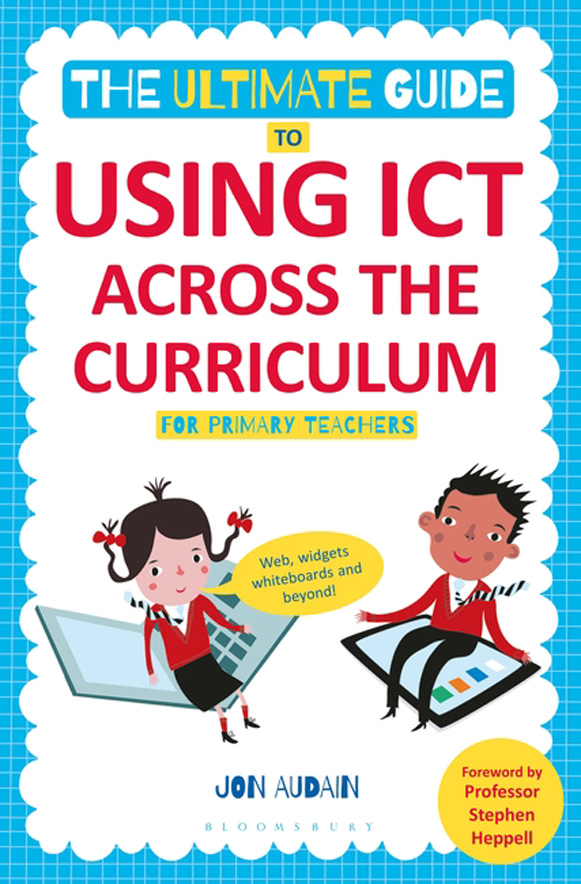Filters
Clear allSubject
- Careers (81) Apply Careers filter
- Climate Change (3) Apply Climate Change filter
- Creative arts and media (10) Apply Creative arts and media filter
- Cross curricular (68) Apply Cross curricular filter
- Design and technology (295) Apply Design and technology filter
- Engineering (172) Apply Engineering filter
- Food Preparation and Nutrition (4) Apply Food Preparation and Nutrition filter
- Leadership (2) Apply Leadership filter
- Mathematics (241) Apply Mathematics filter
- Personal development (5) Apply Personal development filter
- Psychology (1) Apply Psychology filter
- Science (282) Apply Science filter
- Space (4) Apply Space filter
- STEM Ambassadors (8) Apply STEM Ambassadors filter
- STEM Clubs (18) Apply STEM Clubs filter
Age range
Type
- Activity sheet (214) Apply Activity sheet filter
- Article (88) Apply Article filter
- Assessment (3) Apply Assessment filter
- Audio (5) Apply Audio filter
- Data set (3) Apply Data set filter
- Demonstration (4) Apply Demonstration filter
- Experiment (2) Apply Experiment filter
- Game (8) Apply Game filter
- Group work (9) Apply Group work filter
- Image (43) Apply Image filter
- Information sheet (55) Apply Information sheet filter
- Interactive resource (13) Apply Interactive resource filter
- Open-ended task (2) Apply Open-ended task filter
- Poster (12) Apply Poster filter
- Presentation (105) Apply Presentation filter
- Quiz (2) Apply Quiz filter
- Research (47) Apply Research filter
- Self assessment (1) Apply Self assessment filter
- Simulation (2) Apply Simulation filter
- Teacher guidance (335) Apply Teacher guidance filter
- Textbook (24) Apply Textbook filter
- Video (71) Apply Video filter
- (-) Remove Include Physical Resources filter Include Physical Resources
Showing 1562 results
This Toolkit Talks video covers social and emotional learning...
This aim of this resource is to help teachers to support students to acquire the skills required to analyse data and interpret trustworthy information from data. They are designed to be flexible and adaptable with the data providing the stimulation for interrogation and enquiry, and include examples and tasks.
Containing two linked activities, these resources from the CS4FN team introduce graphs to represent inter-related data and algorithms to negotiate them.
Suitable for non-programmers being introduced to algorithms, the two challenges – the Knights Tour and the Tour Guide – are similar. Both use graphs as...
Many real-life situations can be modelled in the form of a network or “graph” of the kind used for colouring in the Poor Cartographer – Graph ...
Using sparkles to code flashing sequences. There are variations on difficulty including the introduction of switches.
This booklet is about the mathematical topic of transformations and how teachers might work with students between the ages of 8 and 13 years. A range of activities is included and no...
The first video takes a brief look at the history of programming. It examines the differences between low level languages such as Assembly, and high level languages such as Python. It considers the uses of each of these different types of languages.
The second video we explain the purpose of translators...
The students’ goal in this resource is to find Treasure Island. Friendly pirate ships sail along a fixed set of routes between the islands in this part of the world, offering rides to travellers. Each island has two departing ships, A and B, which students can choose to travel on in order to find the best route to...
This item is one of over 25,000 physical resources available from the Resources Collection. The Archive Collection covers over 50 years of curriculum development in the STEM subjects. The Contemporary Collection includes the latest publications from UK educational publishers.
Scientists at the University of Oxford are investigating how computers could be used to assess online information for trustworthiness. This could be particularly useful to help people interpret information about recent or rapidly changing incidents.
...
Build mechanical computers to solve puzzles: discover how simple switches connected together in clever ways can do incredibly smart things.
This resource asks the question ‘How much information is there in a thousand page book?’ It continues by exploring how to estimate how much space is needed to store the information and introduces a way of measuring information content. The resource begins by discussing what is meant by information and how amounts...
This document contains a number of activities for students to carry out. They develop an instruction set for a fictional processor which forms a thought-provoking introduction to this topic. Encourage them to think about basic mathematical operations and how data values need to be manipulated within the CPU. This...
This sensor is for measuring the intensity of ultraviolet radiation, UVB radiation is commonly associated with sunburns, cataracts, and skin cancer.

As well as step by step instructions on how to use a variety of technologies effectively, this book covers e-safety and the digital child, planning and budgeting your provision and how to use technology to support...
